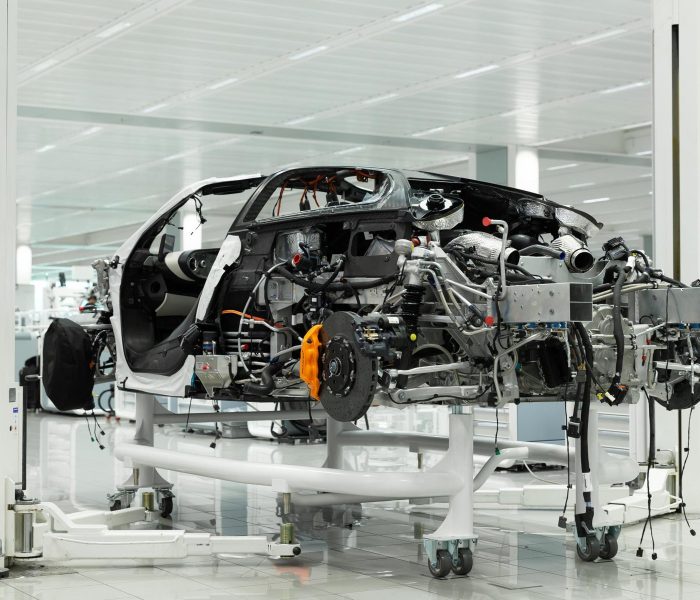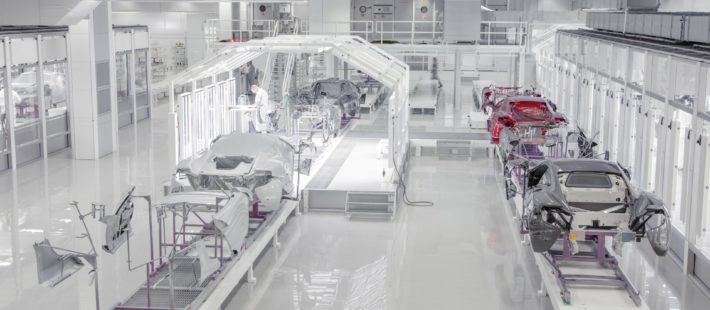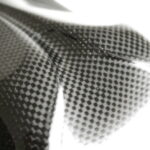McLaren Automotive, the car company of Woking, is constantly working to maximise the efficiency and performance of its hybridised models to be introduced by 2025. This purpose was confirmed by Company CEO Mike Flewitt, that announced McLaren’s determination to continue ‘the weight race’ that stand out the company.
As evident in existing models such as the new 765LT, the weight reduction will put McLaren in a better position to embrace the powertrain advances of electrification and hybridisation in way to enhance its supercars.
Mr Flewitt said: “Reducing vehicle weight is at the centre of our strategy for the next generations of McLaren supercars. We are already class-leading and committed to further driving down weight in order to be in the best possible position to maximise the efficiency and performance of hybridised models to be introduced by 2025. Vehicle mass is the enemy of performance whether a car has a conventional internal combustion engine or a fully electrified powertrain, so winning the weight race is an absolute priority for us – and one of the reasons McLaren Automotive has invested heavily in the McLaren Composites Technology Centre, our own UK composite materials innovation and production facility.”
McLaren 765LT
The commitment to continue minimising weight comes as the new, limited-volume McLaren supercar 765LT comes to market with an 80kg reduction integral to a lightest dry weight of just 1,229kg.
Even with the inherent benefit of a carbon fibre Monocage II structure at the car’s core, lighter weight set the biggest challenge for the 765LT development team. This new LT needed to be as light as possible in order to achieve the straight-line performance and cornering and braking abilities expected of a McLaren ‘Longtail’ and considering that the McLaren 720S – the car on which the 765LT is based – set a new benchmark for weight in the supercar class when it was introduced in 2017, an 80kg reduction in DIN weight is an achievement.

The minimised weight is the result of a meticulous programme of changes from the inside out, demonstrating a philosophy embedded in McLaren’s history as a pioneer in carbon fibre technologies since introducing the first carbon fibre chassis into Formula 1 in 1981.
The 765LT makes extensive use of the lightweight but incredibly strong material, including for exterior body panels, aerodynamic components and inside the car, for the seats and centre tunnel. Several of these components are fabricated at the McLaren Composites Technology Centre in Yorkshire, UK – the first time the new facility has created body components for a McLaren road car.
Other weight-saving measures on the 765LT include lightweight side windows and motorsport-style polycarbonate glazing at the rear of the car, with Formula 1-grade materials used in the transmission. The exhaust system – which is fully-formed in titanium – delivers a substantial 40% weight saving over a comparable steel system, with the quad-exit exhaust also tuned to provide a soundtrack appropriate for a car with this level of performance and driver engagement.
Source: McLaren










